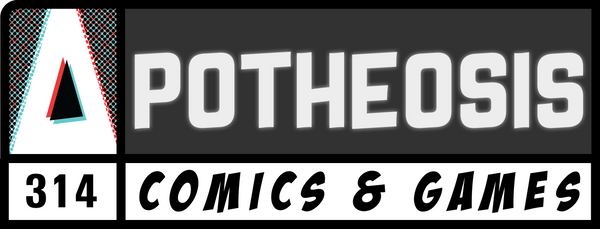Comics have come a long way since their humble beginnings. What started as a simple medium to tell stories has evolved into an art form that captivates readers of all ages. Over the years, comic book art styles have undergone numerous changes, reflecting shifts in cultural tastes and advancements in technology. In this article, we will take a journey through the history of comic book art styles and explore how they have transformed over time.
The Golden Age of Comics (1930s-1950s)
The Golden Age of comics marked the birth of the superhero genre and laid the foundation for the art styles that would follow. During this period, artists like Jack Kirby and Joe Shuster brought iconic characters like Superman and Captain America to life with their bold and dynamic illustrations.
Comic book art during the Golden Age was characterized by vibrant colors, strong lines, and exaggerated expressions. The artwork was often simple yet effective, conveying the action and emotions of the characters in a visually striking manner.
The Silver Age (1950s-1970s)
The Silver Age of comics saw a shift towards more polished and refined art styles. Artists like Steve Ditko and Jack Kirby continued to push the boundaries of comic book art, introducing intricate details and more realistic proportions.
One of the most notable developments during this era was the rise of Marvel Comics and the introduction of the Marvel Method. This collaborative approach allowed artists like Ditko and Kirby to have more creative control over the storytelling process, resulting in visually stunning and cohesive narratives.
The Bronze Age (1970s-1980s)
The Bronze Age of comics brought a darker and more experimental tone to the art styles. Artists like Neal Adams and Jim Steranko embraced a more realistic approach, incorporating elements of film noir and psychedelia into their illustrations.
This era also saw the rise of independent comics and underground comix, which challenged traditional artistic norms and pushed the boundaries of storytelling. Artists like Robert Crumb and Harvey Pekar brought a raw and gritty aesthetic to their work, reflecting the counterculture movements of the time.
The Modern Era (1990s-Present)
The modern era of comic book art is characterized by a diverse range of styles and influences. With advancements in technology, artists have been able to experiment with digital art, resulting in more dynamic and visually stunning illustrations.
Artists like Alex Ross and J.H. Williams III have brought a painterly quality to their work, blurring the lines between traditional comic book art and fine art. Their attention to detail and use of vibrant colors have elevated comic book art to new heights.
Additionally, the rise of manga and anime has had a significant impact on comic book art styles. The influence of Japanese art and storytelling techniques can be seen in the work of artists like Bryan Lee O'Malley and Fiona Staples, who have embraced a more stylized and expressive approach.
The Future of Comic Book Art
As technology continues to advance, it's exciting to think about what the future holds for comic book art. With virtual reality and augmented reality becoming more accessible, we may soon see interactive and immersive comic book experiences.
Artificial intelligence and machine learning algorithms could also play a role in shaping comic book art styles. Imagine a world where AI-assisted artists can create stunning illustrations in a fraction of the time, pushing the boundaries of creativity even further.
While the future is uncertain, one thing is for sure – comic book art will continue to evolve and captivate audiences for generations to come. Whether it's through traditional pen and ink or cutting-edge digital techniques, comic book art will always be a powerful medium for storytelling and self-expression.
So, next time you pick up a comic book, take a moment to appreciate the artistry behind the pages. From the Golden Age to the modern era, comic book art styles have come a long way, and we can't wait to see where they'll go next.
Happy reading, fellow comic book enthusiasts!
Explore the Shopify store of a user by clicking here. Keep in mind that this is a promotional link, and we are not responsible for the content on the linked store.

